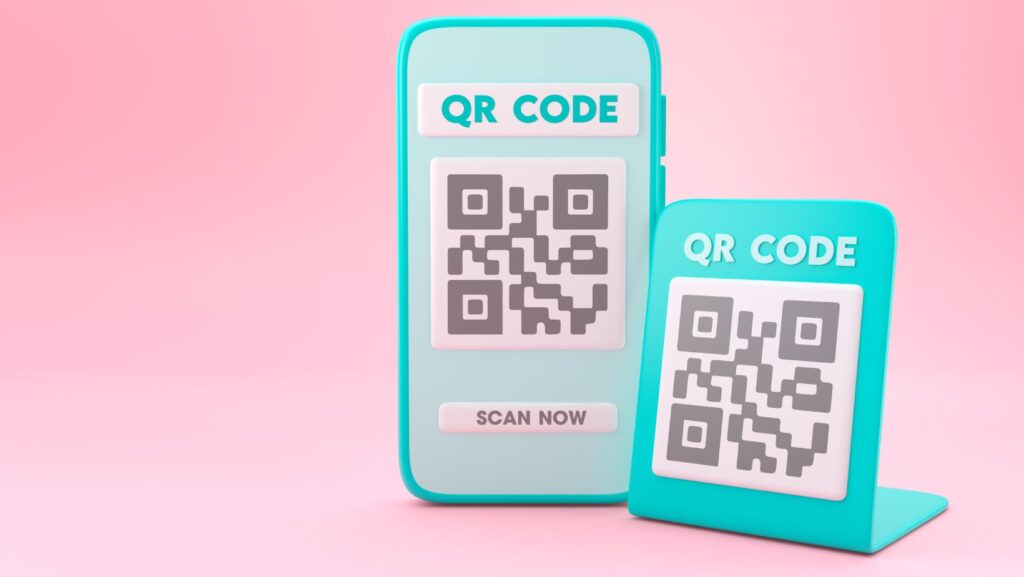In a world where smartphones are practically extensions of our hands, QR codes have become ubiquitous, bridging the digital and physical realms with a simple scan. These pixelated squares are more than just links to websites or menus—they’re gateways to a myriad of possibilities. As technology evolves, so do the creative ways people leverage QR codes, turning them into powerful tools for both convenience and innovation.
Get ready to dive into the fascinating world of QR code innovation and discover how these tiny squares can make a big impact.
QR Code Hacks

As QR codes become more mainstream, they also present opportunities for exploitation, often termed as QR code hacks. These hacks typically involve malicious actors embedding harmful links within QR codes, which unsuspecting users scan without realizing the potential threat.
Exploiting permissions set up on devices is another method hackers use. Many QR codes request access to camera, location, or contact details when scanned. If users grant these permissions without assessing the risks, hackers can access sensitive data, compromising user privacy.
Phishing schemes are also prevalent in this realm. Scammers create QR codes mimicking authentic services, tricking users into providing login credentials or financial information. These QR code hacks can lead to financial losses and authentication breaches.
Common QR Code Hack Techniques
QR codes, though widely used for convenience, can also pose security threats. Hackers often use various techniques to exploit vulnerabilities.
Phishing Scams
In phishing scams, hackers deceive users by embedding malicious URLs in QR codes. These codes direct users to fake websites that mimic legitimate services, tricking them into entering sensitive information such as login credentials or financial details. Users often encounter these QR codes on emails or unsanctioned posters, placing their data at risk.

Malware Dissemination
Hackers distribute malware by embedding harmful links within QR codes. Scanning these codes can unknowingly initiate downloads of malicious software on a user’s device, compromising its security. This technique is often used when hackers target high-traffic areas with strategically placed QR codes to maximize exposure.
Data Theft
Data theft occurs when QR codes lead to sites requesting excessive permissions. Users unknowingly grant access to their contacts or location, potentially allowing hackers to harvest personal information. Such QR codes are typically found in seemingly benign places such as promotional flyers or unsecured areas online, making them difficult to spot.
How Hackers Exploit QR Codes
Hackers leverage vulnerabilities in QR codes to compromise security. Exploiting these weaknesses can lead users into data theft or malware attacks.
Vulnerabilities in QR Code Generation
QR code generation often harbors weaknesses that hackers exploit. Poorly secured third-party QR code generators might create codes leading to malicious sites, unbeknownst to users. Weak encryption protocols are another issue, making QR codes susceptible to interception and manipulation. This lack of protection leads to widespread qr code hacks, jeopardizing data integrity.
Manipulating QR Code Readers

Hackers manipulate QR code readers by exploiting software vulnerabilities. Outdated or untrusted QR code reader apps can be compromised, allowing unauthorized access upon scanning a malicious code. Once the reader interacts with deceptive QR codes, attackers might gain control over device functionalities or siphon off data.
Preventative Measures Against QR Code Hacks
Preventing QR code hacks requires a combination of user education and robust security protocols. Each element plays a critical role in safeguarding against threats.
Educating Users
Educating users on the dangers of QR code hacks is essential. Users should scrutinize QR codes from unknown sources, considering potential risks before scanning. Awareness of common scam techniques, such as phishing, helps users recognize and avoid suspicious codes.
Implementing Security Protocols
Implementing security protocols can significantly reduce vulnerabilities. Organizations should employ secure QR code generators with encryption to prevent malicious code embedding. Regular updates to QR code reader apps enhance security by addressing newly discovered vulnerabilities.
As QR codes become more ingrained in daily life, awareness and education about their vulnerabilities are crucial. By understanding the risks and implementing robust security measures, users and organizations can harness the benefits of QR technology while safeguarding against malicious activities. Embracing QR codes with a vigilant mindset ensures that they remain a valuable tool rather than a gateway for cyber threats.



